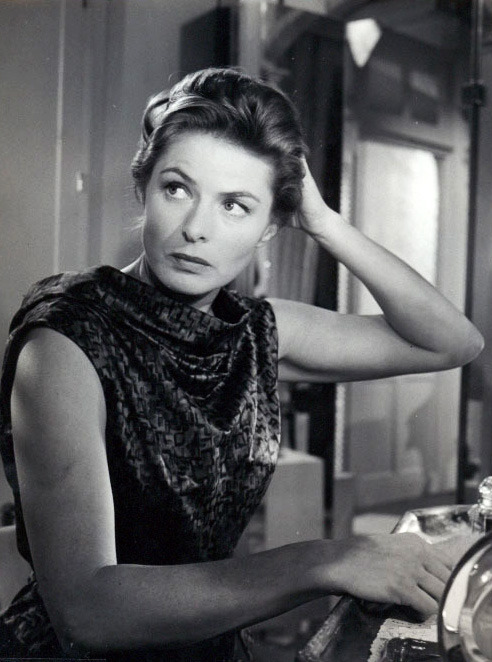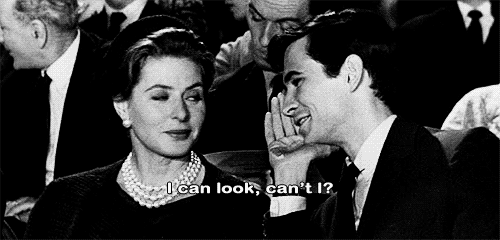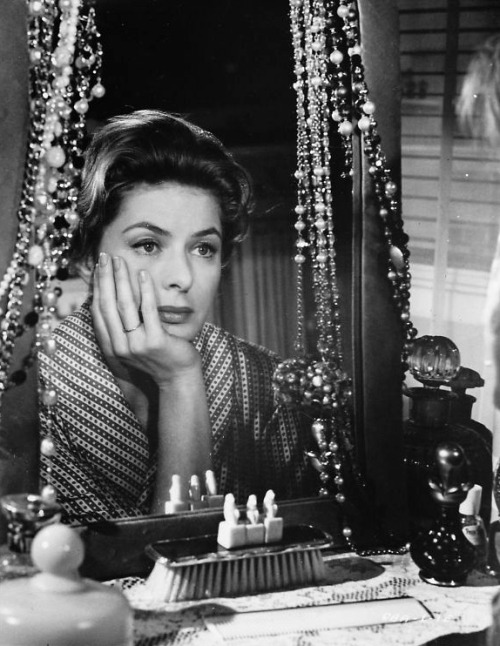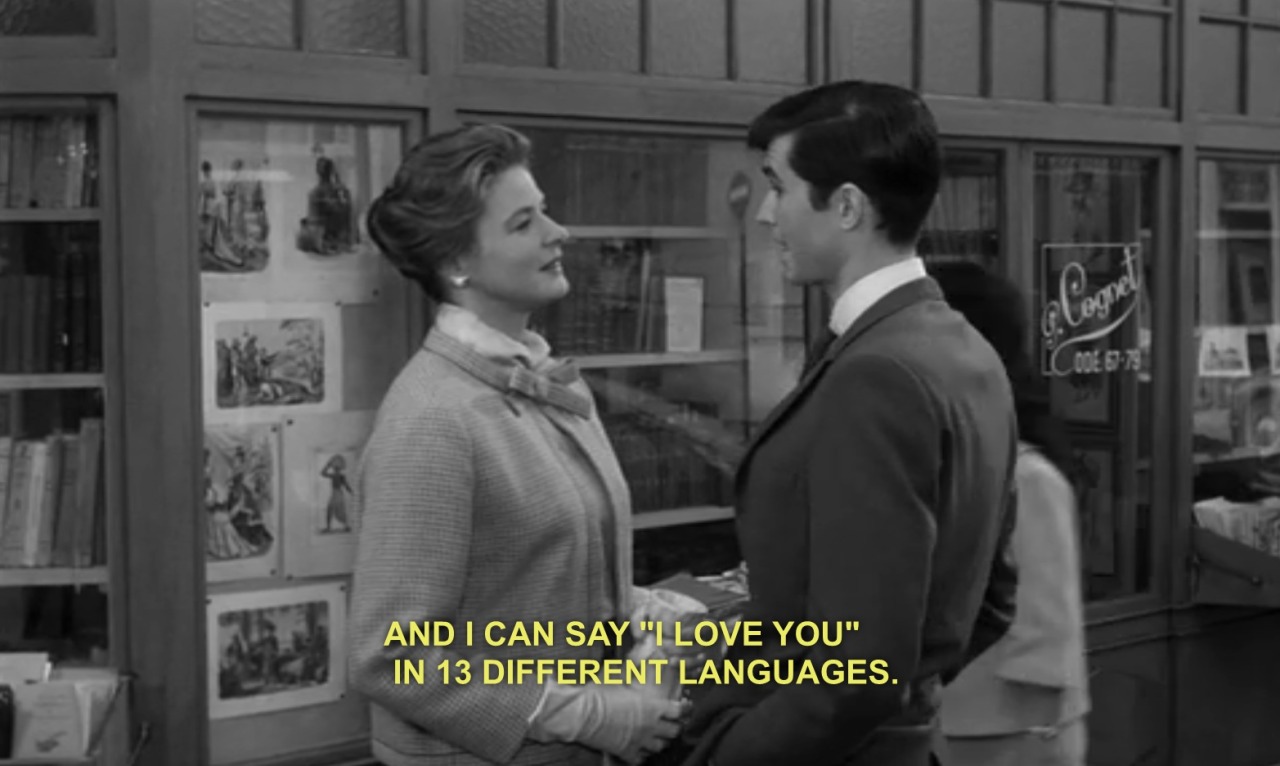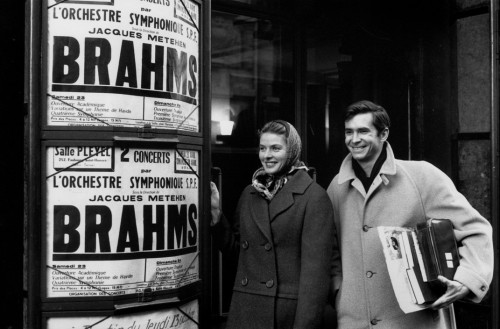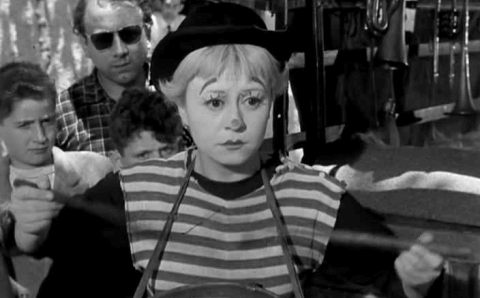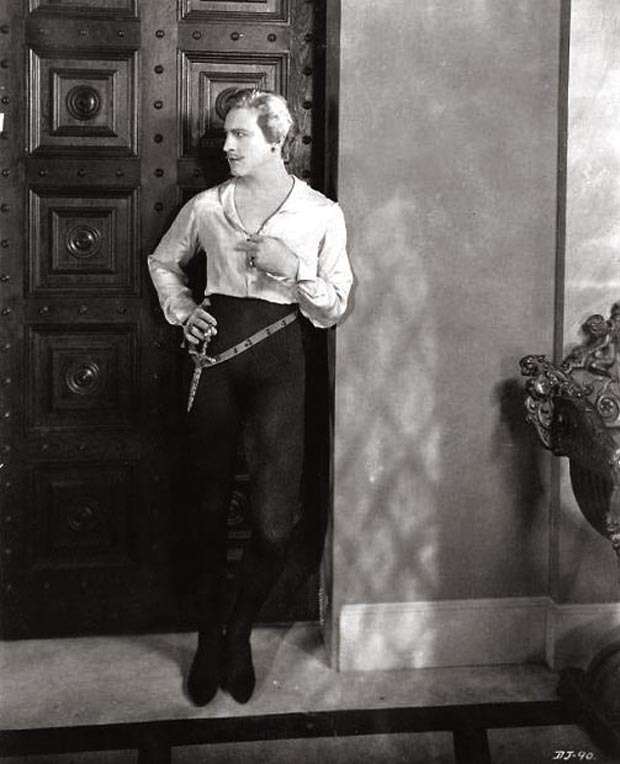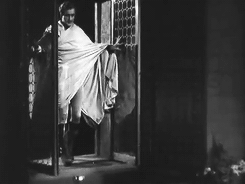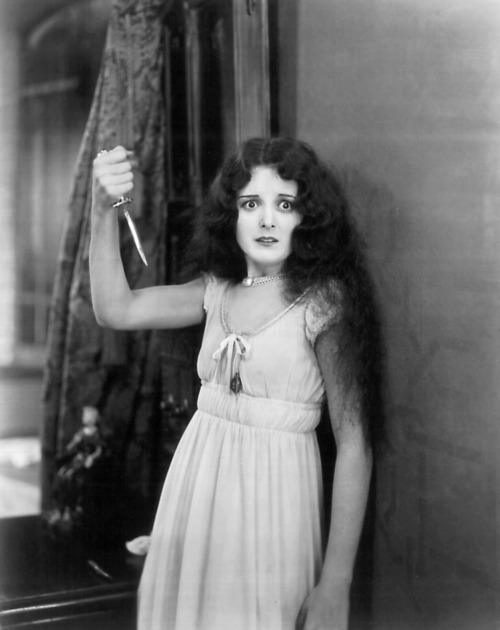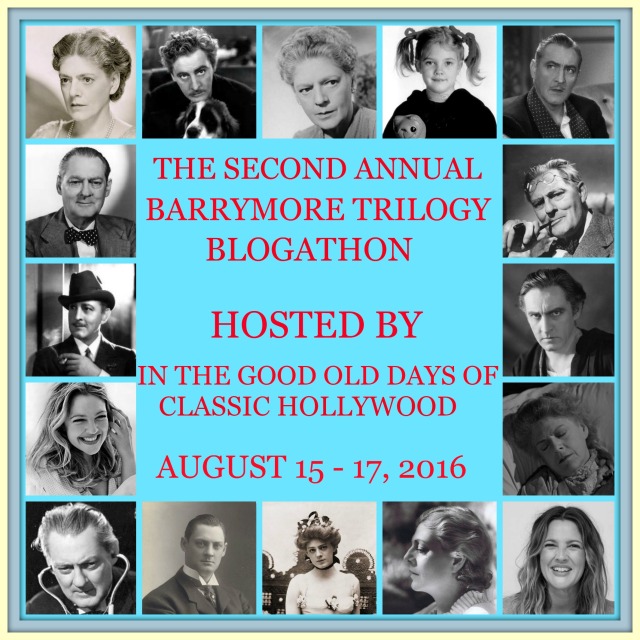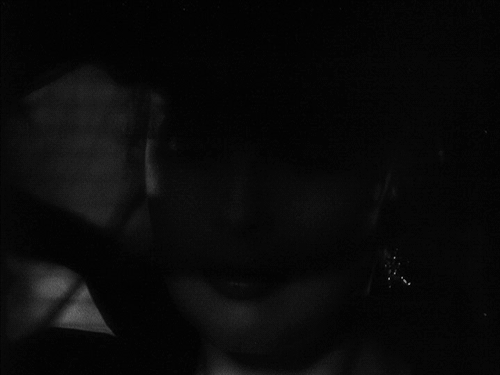Eu nunca falei
isso no blog, mas adoro Anthony Perkins. OK, OK, preciso confessar: tenho um crush nele. Fofo, talentoso, mas
desperdiçado pelo preconceito e pelos estereótipos. E mesmo com toda essa
admiração, nunca havia escrito nenhuma crítica de um filme estrelado por ele. Está na hora de mudar isso.
I never said this on this
blog, but I adore Anthony Perkins. OK, OK, I must confess: I have a crush on
him. Cute, talented, but wasted thanks to prejudice and stereotyping. And even
with all my admiration, I had never written about a film starring him. It’s time to change this.
Paula Tessier
(Ingrid Bergman) é uma decoradora de 40 anos, divorciada e aparentemente bem
resolvida, vivendo em Paris. Ela tem um moderníssimo relacionamento aberto com
Roger Desmarest (Yves Montand), e eles não pensam em casamento.
Paula Tessier (Ingrid
Bergman) is a 40-year-old interior decorator, divorced and apparently happy who
lives in Paris. She is in an über-modern open relationship with Roger Desmarest
(Yves Montand), and they don’t think about getting married so soon – or ever.
Roger indica
Paula para decorar o novo apartamento da excêntrica e distraída Teresa Van der
Besh (Jessie Royce Landis). Com ela mora o filho playboy, Philip (Anthony
Perkins), de 25 anos, que se apaixona por Paula. Tudo que ele precisa para
conquistá-la é fazer uma pergunta: “você gosta de Brahms?”.
Roger sends Paula to
decorate the new apartment bought by excenrtic and absent-minded Teresa Van der
Besh (Jessie Royce Landis). Her carefree son Philip (Anthony Perkins) lives
with her, and the 25-year-old young man falls in love with Paula. All he needs
to do to conquer her is to make one question: “do you like Brahms?”.
O filme, apesar
de ter sido feito há 55 anos, é moderníssimo. Com as investidas do rapaz, Paula
passa a questionar se realmente ama Roger, e se ele a ama de volta. A relação
de Paula e Roger, aliás, é algo que não se vê com frequência na ficção: sem
meias palavras, completamente honesta.
The film was released
more than 55 years ago, but it is incredibly modern. With the young man’s
flirting, Paula starts to question if she really loves Roger, and if he loves
her back. Paula and Roger’s relationship, by the way, is something we don’t see
frequently in fiction: without white lies, completely honest.
Paula não tem
medo de dizer o que pensa e o que sente, mesmo que o mais esperado era que ela
escondesse que nutre afetos também por Philip. Ela é uma mulher incrível, e
quando Roger se sente incomodado por ela passar tempo com Philip, ela retruca:
e quando você fica falando dos seus casos com outras menininhas? A resposta
dele? “Pelo menos isso é normal”. É uma frase muito machista, mas a dura
verdade é que muitos homens pensavam assim em 1961 – e pensam ainda hoje. O filme está cheio de duras verdades.
Paula is not afraid to
say what she thinks and feels, although the expected attitude was her hiding
her feelings about Philip. She is an incredible woman, and when Roger feels
uncomfortable because she spends time with Philip, she tells him: “You always
made sure that I hear yours [stories about his love life] with your girls”. His
answer? “At least that’s normal”. It is a very sexist sentence, but the bitter
truth is that many men had this mentality in 1961 – and think the same even
today. The film is full of bitter truths.
É interessante
que a protagonista desta história seja interpretada justamente por Ingrid
Bergman, uma mulher que não deixou falsos moralismos impedirem-na de viver um
romance. É ainda mais interessante que Philip diz para Paula que sabe falar “eu
te amo” em 13 línguas, quando o que Ingrid escreveu para o diretor Roberto
Rossellini em uma carta foi: “de uma atriz [...] que em italiano só sabe falar 'ti
amo' e que está pronta para ir até você e fazer um filme juntos”.
It’s interesting that the
leading lady is played by Ingrid Bergman, a woman who didn’t let false moralism
stay between her and romance. It’s also interesting that Philip could mention
to Paula he can say “I love you” in 13 languages, when in real life Ingrid
wrote the following to Italian director Roberto Rossellini in a letter: “a
Swedish actress […] in Italian knows only ‘ti amo’, I am ready to come and make
a film with you.”.
E é também
curioso que Ingrid esteja no centro daquele que provavelmente é o mais famoso
triângulo amoroso da história do cinema: Rick Blaine, Ilsa Lund e Victor Laszlo
em “Casablanca” (1942). O triângulo de “Mais uma Vez, Adeus” é tão confuso
quanto o de “Casablanca”, e só poderia ter sido criado pela mente sagaz da escritora
Françoise Sagan.
And it is also curious
noting that Ingrid was in the center of the most famous love triangle in film
history: Rick Blaine, Ilsa Lund and Victor Laszlo in “Casablanca” (1942). The
love triangle in “Goodbye Again” is as complicated as the one in “Casablanca”,
and could only have been created by the sagacious mind of novelist Françoise
Sagan.
E Perkins? Bem,
Anthony Perkins está muito convincente como Philip, e inclusive ganhou o prêmio
de Melhor Ator no Festival de Cannes por sua performance. Mas Ingrid, vestida
por Dior, é quem brilha sempre neste filme pouco conhecido, mas tão bom quanto
Casablanca.
What about Perkins? Well,
Anthony Perkins is very convincing as Philip, and his performance earned him
the Best Actor prize in the Cannes Festival. But Ingrid, dressed by Dior, is
the one who shines in every moment of this little known film. Little known, but
as good as Casablanca.
This is my contribution
to the 2nd Wonderful Ingrid Bergman Blogathon, hosted by Virginie at
The Wonderful World of Cinema.

